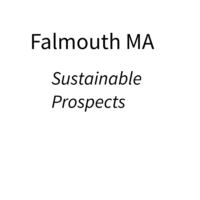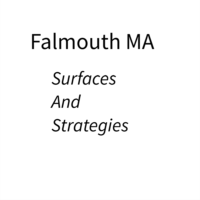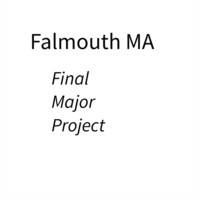For the second activity of this week on strategies for sharing we were asked to form groups, then decided on a theme for a zine and then use our network to crowdsource images that we would use to create a zine.
Given current work commitments I was keen to mark and early start on this specific activity on the assumption that to create a quality zine by Thursday we would need to make an early start to complete all of the steps of the process.
The first being to for a a group luckily three of my fellow studEnts were keen to make an early start to activity. Philip Singleton was the main initiator and quickly we had a group of 4 with Philip, Rita, Katie and myself. We were told to try an keep our zine topic secret from the other groups so we became team Squirrel (based on secret Squirrel) and the fact we had seen a Red Squirrel during our recent field trip to Krakow.
To communicate we setup a WhatsApp Group and started on the process of selecting a topic for our zine. As a group we were all new to undertaking a project that relied on crowdsourcing for its imagery.
We had a positive discussion on how to take the project public and develop the theme. We considered a number of different potential themes which included conceptual ideas to something more literal that was sufficiently generic that it would have a broad appeal to people who might want to contribute to our project. In the end we settled on Window Sill as the theme for our project. Our shared positioning for the project was “The objective is to explore the domesticity of place via a specific point of reference, we will remediate imagery received by invitation”
We decided to promote the our call for images via various social media channels, email and direct contact to engage with our networks.
The theme to be broadcast “you’re invited to share pictures you take of your window sills, at home or work or wherever you areas part of a group photo zine project at Falmouth University, take part by putting your photos on FB, Twitter or Instagram by Monday 12th June using hashtag #windowsilltoady”
We discussed how we might keep the project private from other members of the course but recognised because of the nature of social media we might not be able to fully control the spread of our call out.
At the end of the weekend we started to harvest the different channels for our images and were pleased to see within 48 hours we had got 77 images by the end of the edit process that number would increase to close to 90 images by the time we completed the editing process coming in from across the globe.
A shared drive was created as a central point for image collection and editing. As a group we began to review the images this resulted in a number of different debates about our role. In our fallout we had not given people specific guidance on what type of window sill images we wanted or told them exactly what we would do with the images beyond the fact the images would become part of a zine.
We discussed the implicit rather than explicit obligations to the images and their photographers; should we include them all, what if any editing may imply such as converting all images to monochrome to introduce a level of equalisation, should we include the authors in the zine, were we curators or editors. Place of the images into a zine and based on the order of the images we would introduce some level of remediation as the images from the different contributors would exist in a new social space our zine.
As we looked more closely at the images questions were raised such as about the quality and aesthetics of the images. If we had wanted images t have a common aesthetic we should have been more explicit in our instructions to contributors but an complex instructions might have put people off contributing. On the basis that everyone had contributed their images in good faith we decide early on that all images received would be included in the zine and that we would not undertake any image manipulation beyond placement and sizing.
As we looked at the images more closely we realised that some images became more powerful if viewed a groups of images. On that basis we decided that our zine layout would take the form of a virtual window sill with a grey bar at the bottom of the page representing the window zine and the white space around the images acting as the window pane.
We looked at the suggested zine creation tools Madmagz and Issuu though these tools looked interesting they did not have a landscape template for use to place our images in. The use of the landscape orientation helped support the quiet contemplative reading we wanted for the pages that would host the virtual sills or “Window Stills” as we decided to name our zine. Rita created a wireframe layout for the virtual sill which we all agreed support our curatorial objective.
We noticed that the size and placement of objects on people windows sills exhibited no specific pattern and we decided to incorporate this into our own layouts and not have a standard layout for each page. We felt this help with reader engagement as we decided that the zine would be a photo zine with no text included to support the images.
We undertook a number of group reviews to settle final page layouts. Once we were happy with the individual pages we discussed the physical form that our zine would take. We decided on two preferred options a double sized concertina format and a landscape magazine with a stitched binding. Due to time constraints and the fact we would need to share the results of our endeavours in webinars on Thursday and Friday we decided to create a blurb book that was converted into a trailer for people to view and landscape PDF.





Pingback: Strategies of Sharing – Reflection